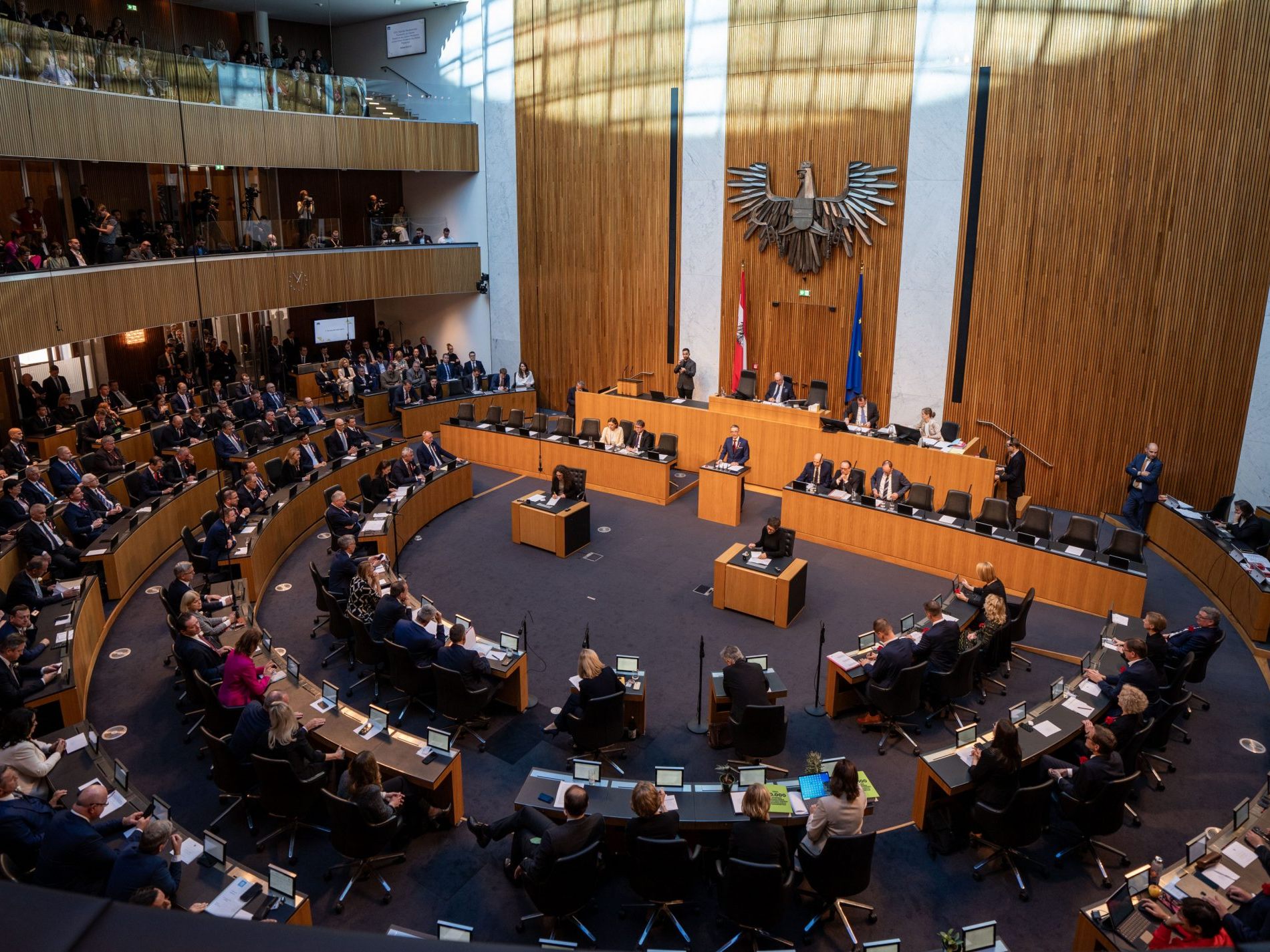New Election and FPÖ-ÖVP Coalition Options After Termination of Coalition Negotiations

After the termination of the coalition negotiations by ÖVP leader Karl Nehammer with the SPÖ, several scenarios are now on the table. In addition to a new election, there could possibly be a formation of a coalition between FPÖ and ÖVP - probably depending on who will lead the ÖVP after Nehammer's announced resignation. If there were to be a new election, a ballot due to the procedure provided for this and the associated deadlines would hardly be possible before May.
FPÖ-ÖVP Coalition?
The question of whether the door to the FPÖ is now opening after Nehammer's announced resignation is still unclear. Nehammer had always - both before the National Council election on September 29 and afterwards - ruled out entering into a coalition with the FPÖ under party leader Herbert Kickl. Parts of the ÖVP - especially from the economic wing - are said to be not averse to the blue option. The SPÖ had always ruled out cooperation with the Freedom Party anyway.
The FPÖ itself was somewhat reserved on Saturday after the talks broke down. FPÖ leader Kickl described both Nehammer and SPÖ leader Andreas Babler, but also Federal President Alexander Van der Bellen, as "failed". Kickl now sees the latter under "pressure". Van der Bellen had not commissioned Kickl - as party leader of the strongest party -, but Nehammer, the chairman of the second-placed ÖVP, with the formation of the government, after it became clear that neither the ÖVP nor the SPÖ considered cooperation with the FPÖ as possible.
Austria Facing New Election?
If no viable government can be formed after the breakdown of the three-way talks between the ÖVP, SPÖ, and NEOS on Friday and the subsequent failure of the two-way negotiations between the ÖVP and SPÖ, then new elections are on the horizon, for which some lead time would be necessary.
In addition to a new election resolution by the National Council, the election must be announced by ordinance in the Federal Law Gazette. There must be 82 days between the fixed date in it and the election.
First and foremost, the dissolution of the National Council requires a resolution of the same with a simple majority. The basis for this is a legislative initiative for a federal law that prematurely ends the legislative period. This must be certified by the Federal President, countersigned by the Federal Chancellor, and then published in the Federal Law Gazette. The entry into force of the federal law forms the basis for the announcement of new elections. Theoretically, the National Council can also be dissolved by the Federal President on the proposal of the government, which, however, has never happened in the Second Republic.
Announcement in the Federal Law Gazette
Back to the further procedure: After the new election resolution, the election must be announced by the federal government by ordinance in the Federal Law Gazette. This must include the election day, which is determined by the federal government in agreement with the main committee of the National Council. In addition, the ordinance must contain the cut-off date, which must be on the eighty-second day before the election day. From this point, various deadlines begin to run, such as those for the appointment of the district election leaders, the assessors, and for the constitution of the electoral authorities. But also various prerequisites of the right to vote, the eligibility or even the collection of the declarations of support from the smaller parties are determined from it. From the new election resolution to the election, it therefore takes about three months.
The National Council will meet for its next planned session on January 22. Of course, a special session could be convened beforehand by 20 deputies or all deputies of a club, provided it does not have more than 20 deputies. In this case, the National Council must meet within eight working days. Theoretically, this would be possible before January 22.
In any case, the new election application must be introduced in a session and then assigned to the Constitutional Committee, dealt with there and approved in the plenary. This can be done in two plenary days; if necessary, a committee resolution could be bypassed with a deadline and the application could be approved on the day of submission.
Once the National Council has decided on its dissolution, the Council of Ministers must decide on the ordinance with the election date and the cut-off date 82 days before. This ordinance must also contain the request to the main committee to confirm the date - and the request to the Federal President to make this public by announcement in the Federal Law Gazette.
Assuming that the parliamentary procedure and the announcement take at least two to three weeks, a new election date before May is hardly possible. For a ballot on April 27, the cut-off date would be February 4. For an election on the first weekend in May (May 4), the cut-off date would fall on February 11.
(APA/Red)
This article has been automatically translated, read the original article here.





